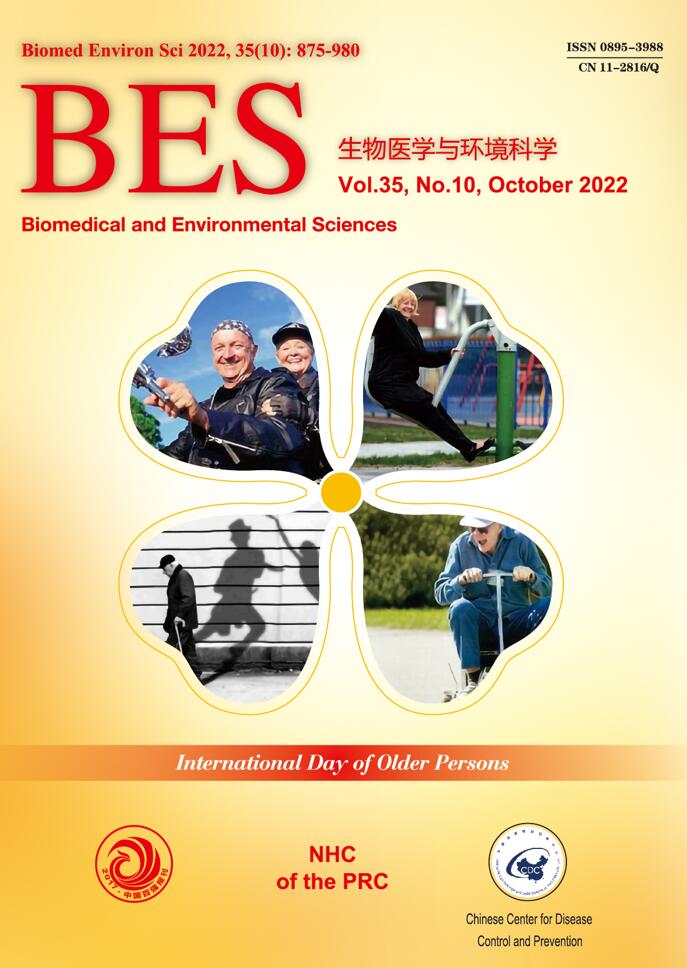-
Maternal and Child Health Standards Professional Committee of National Health Commission (NHC), China PR is responsible for the technical inspection and consultation. Medical Management and Service Guidance Center of NHC is responsible for the coordination and format review. The Department of Maternal and Child Health of NHC is responsible for professional administration and the Department of Law and Regulations of NHC is responsible for the overall management.
The following institutes are involved in the standard development: National Institute for Nutrition and Health of Chinese Center for Disease Control and Prevention, Chinese Nutrition Society, Sun Yat-sen University, Nanjing Medical University, United Nations International Children’s Emergency Fund, Peking Union Medical College Hospital, Beijing Obstetrics and Gynecology Hospital of Capital Medical University, Huazhong University of Science and Technology, Sichuan University, Peking University First Hospital, Beijing Haidian District Maternal and Child Care Hospital, the First Hospital of Hebei Medical University, National Maternal and Child Health Center of Chinese Center for Disease Control and Prevention, and Northwest Women and Children’s Hospital.
The main authors of this standard are: Lai Jianqiang, Su Yixiang, Yang Yuexin, Wang Zhixu, Chang Suying, Ma Liangkun, Li Guanghui, Yang Nianhong, Zeng Guo, and Yang Huixia.
-
This standard specifies the recommended value of weight gain of natural singleton pregnancy in China.
This standard is applicable to guide weight gain in Chinese women.
This standard is not apply to women with height below 140 cm or weight higher than 125 kg before pregnancy. Patients with comorbidities and complications during pregnancy should be evaluated individually in combination with clinical opinions.
-
There are no normative references available in this standard.
-
The following terms and definitions apply to this standard.
-
It is approximately 280 days (40 weeks) from the first day of the last menstrual period.
Note: The whole course of pregnancy is clinically divided into three periods: first trimester, second trimester and third trimester.
-
First trimester is the first 13 weeks long of a pregnancy (< 14 weeks).
-
Second trimester includes weeks 14 through 27 of a pregnancy (27+6 weeks).
-
Third trimester includes weeks 28 through 40 of a pregnancy.
-
An index of body weight is calculated as the ratio of body weight (kg) to the square of body height (m).
-
Mean body weight during the three months before pregnancy.
-
The last weight weighed in the week before delivery.
-
GWG refers to pre-delivery weight (kg) minus pre-pregnancy weight (kg).
-
Weight at the end of the 13th week of gestation (kg) was calculated by subtracting pre-gestation weight (kg).
-
Weight at 27 weeks of gestation (kg) was subtracted from weight at 13 weeks of gestation (kg).
-
Weight before delivery (kg) was subtracted weight at 27 weeks of gestation (kg).
-
According to the cut point of Chinese BMI, the recommended range of weight gain and weekly weight gain of the second and third pregnancy pregnant women under different pre-pregnancy BMI was given respectively, as shown in Table 1.
Pre-pregnancy body mass
index classificationRange of gestational
weight gain (kg)Range of gestational weight
gain in first trimester (kg)Range of recommended weekly weight
gain for women in the second and
third trimester (kg/week)Low body weight
(BMI < 18.5 kg/m2)11.0−16.0 0−2.0 0.46 (0.37−0.56) Normal body weight
(18.5 kg/m2 ≤ BMI <
24.0 kg/m2)8.0−14.0 0−2.0 0.37 (0.26−0.48) Overweight
(24.0 kg/m2 ≤ BMI <
28.0 kg/m2)7.0−11.0 0−2.0 0.30 (0.22−0.37) Obesity
(BMI ≥ 28.0 kg/m2)5.0−9.0 0−2.0 0.22 (0.15−0.30) Table 1. Range of weight gain and recommended weekly weight gain for women in the second and third trimester
-
The height and weight of pregnant women are measured in Appendix A.
-
Measurement of height and weight of pregnant women
A.1 Height measurement
A.1.1 Measurement conditions
Pregnant women should be bareheaded, barefoot, and untie the braid, with room temperature of about 25 ℃.
A.1.2 Measurement tool
Stadiometer (height meter, accuracy of 0.1 cm) with wall offset device is used. The slide plate should be perpendicular to the beam and slide freely.
A.1.3 Measurement method
Pregnant woman stands up straight on the pedal, inhale deeply and hold breath, natural arms drooping, heels close, and toes about 60 degrees apart. The knees are straight together, the eyes are straight ahead, and the lower edge of the orbit remains at the same level as the upper edge of the auricle. Three points between the heel, hip and the two shoulder blades contact the vertical beam at the same time, keeping the head upright. The measuring person move the headpiece gently down until it is in contact with the head vertex, when the value is read after observing the pregnant woman’s correct posture.
A.1.4 Reading numbers and records
When reading, the eyes of the meter are on the same horizontal surface as the bottom surface of the slide measuring plate. Read the value shown by the column corresponding to the bottom surface of the slide measuring plate, which is accurate to 0.1 cm.
A.2 Body weight measurement
A.2.1 Measurement conditions
The measurement should be carried out in the morning, empty stomach and excretion, at room temperature of about 25 ℃.
A.2.2 Measurement tool
A calibrated electronic scale with a score of 0.1 kg was stable and zero during measurement.
A.2.3 Measurement method
Pregnant women are calmly standing in the middle of the scale pedal, even weight on both legs, bareheaded and barefoot, wearing thin underwear and paying attention to safety.
A.2.4 Reading numbers and records
The scale readings were accurately recorded, accurate to 0.1 kg.
Standard of Recommendation for Weight Gain during Pregnancy Period
doi: 10.3967/bes2022.114
| Citation: | Standard of Recommendation for Weight Gain during Pregnancy Period[J]. Biomedical and Environmental Sciences, 2022, 35(10): 875-877. doi: 10.3967/bes2022.114 |







 Quick Links
Quick Links
 DownLoad:
DownLoad: